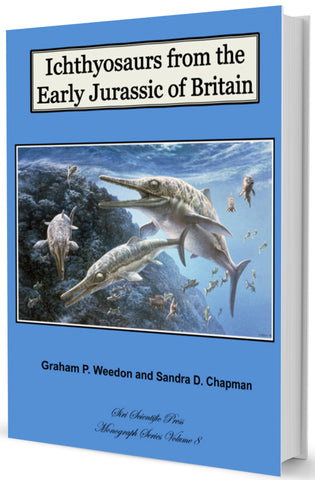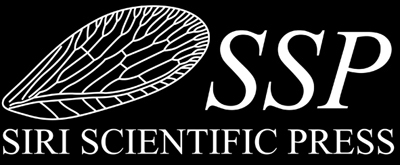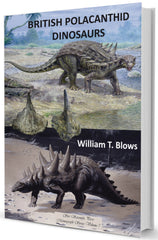Forthcoming title: Ichthyosaurs from the Early Jurassic of Britain
Posted by David Penney on
We are pleased to announce the following new title in our Monograph Series currently in production for 2017: Ichthyosaurs from the Early Jurassic of Britain by Graham P. Weedon and Sandra D. Chapman.

Ichthyosaurs were marine reptiles that date from the Mesozoic Era when the dinosaurs dominated the land. Although now extinct, occasionally the preservation of fully articulated skeletons including, exceptionally, their soft-parts allow the reconstruction of many details of ichthyosaur biology. In Britain the largest collection of ichthyosaur fossils is held by the Natural History Museum (NHM) in London with many beautiful specimens on display. This collection, which continues to grow, was founded on specimens collected in early Victorian times by, among others, the most famous of the early professional palaeontologists Mary Anning, and the controversial figure of Thomas Hawkins.
Currently there is a renaissance in ichthyosaur studies worldwide so that now far more is understood about how and where ichthyosaurs lived than was the case just a couple of decades ago. However, modern approaches to ichthyosaur palaeontology have been built on the pioneering work in the 1970s and 1980s of Christopher McGowan of the Royal Ontario Museum in Canada. His work concentrated mainly on specimens held by the NHM.
This book summarises what is known about ichthyosaurs in general and then concentrates on an interval of time, the Early Jurassic (from about 202 to 180 million years ago), when in Britain the environmental conditions allowed the preservation of relatively numerous ichthyosaur fossils. Although ichthyosaurs have been found commonly in several short intervals, the Early Jurassic of Britain provides arguably the best known twenty-million-year portion of ichthyosaur regional history.
The first part of the book introduces the key characteristics of ichthyosaurs, how they were fossilised and their distribution in time and space. The second part reviews their biology (how they lived, reproduced and died). The final part concentrates on the Early Jurassic of Britain. After considering why conditions were right for preservation, detailed summaries of the characteristics of the fifteen species currently recognised, including distribution maps and stratigraphic ranges, are followed by inferences on the Early Jurassic palaeoecology. Appendices list British museums displaying ichthyosaurs and the key British Early Jurassic ichthyosaur specimens. The book is illustrated throughout with many photographs of specimens - especially those from the NHM collections.
Dean Lomax with some of the ichthyosaurs on display at the NHM
Dean is currently also researching British Ichthyosaurs held in overseas museums. You can find out more about his project by clicking here.
To keep up-to-date with the progress of this and similar titles follow our facebook page via the icon in the footer of this page.
For more fossil vertebrates take a look at our related titles (click covers for more info) and remember that you never pay the full RRP when you order directly from our website.
To see additional titles in our Monograph Series click here
Share this post
0 comment




